Here are facts about the Jallianwala Bagh Massacre, which occurred on April 13, 1919, in Amritsar, Punjab — a defining event in Indian history that deeply impacted the freedom movement:
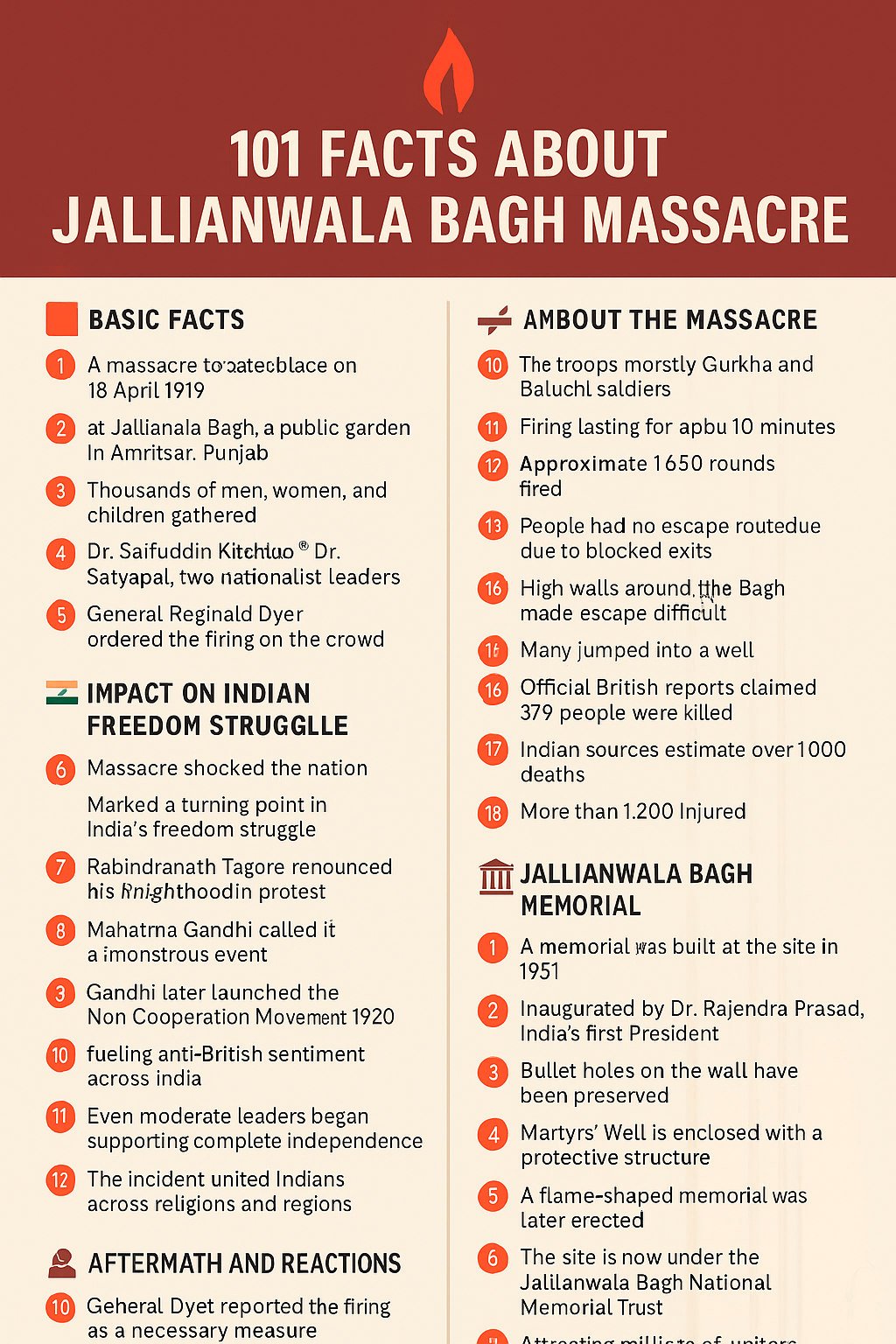
The Jallianwala Bagh Massacre, also known as the Amritsar Massacre, remains one of the darkest and most heart-wrenching chapters in Indian history. It was a brutal and inhumane act committed by the British colonial rulers against innocent Indians, and it became a symbol of colonial oppression, injustice, and the beginning of a more assertive and determined Indian freedom movement. This massacre not only shocked the nation but also attracted global condemnation, shaping the course of India’s independence struggle in significant ways.
Historical Background
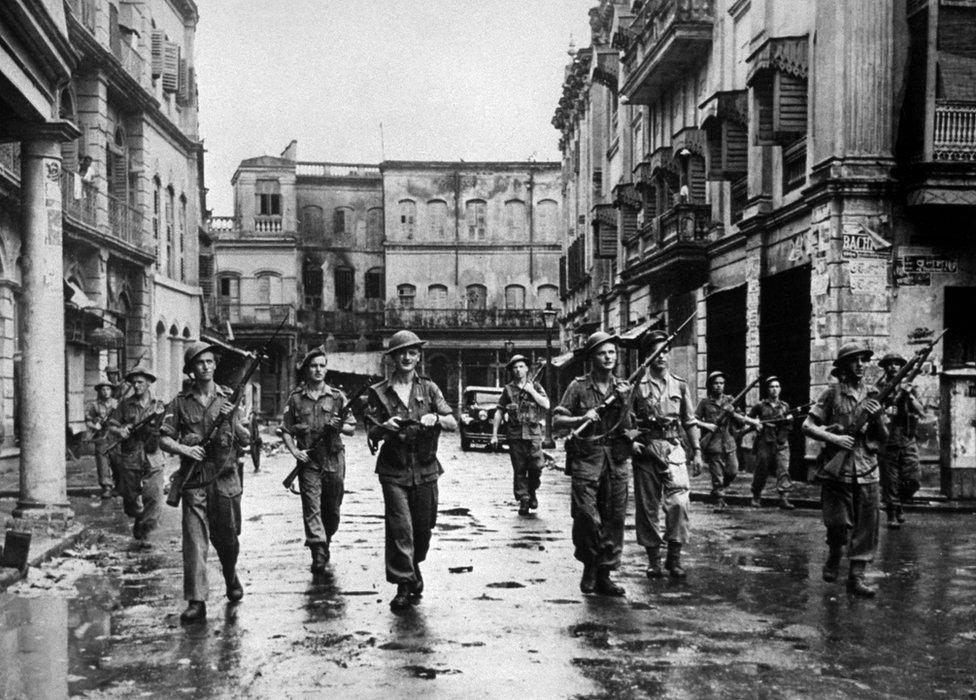
To fully understand the magnitude and implications of the Jallianwala Bagh Massacre, it’s important to first look at the political and social context of the time.
By 1919, India had been under British rule for over a century. World War I had recently ended, and India had contributed significantly to the British war effort. Over 1.3 million Indian soldiers fought for the British during the war, and the country also contributed vast sums of money and resources. Indian leaders and citizens believed that their loyalty would be rewarded with political concessions, such as greater autonomy or steps towards self-rule.
However, instead of being rewarded, India was met with repression. The British passed the Rowlatt Act in March 1919, which allowed the government to imprison any person suspected of terrorism or revolutionary activity without trial. This act was widely seen as unjust and dictatorial, and it caused widespread outrage throughout the country. Prominent leaders like Mahatma Gandhi strongly opposed the Rowlatt Act and called for nationwide protests and strikes.
Protests in Punjab
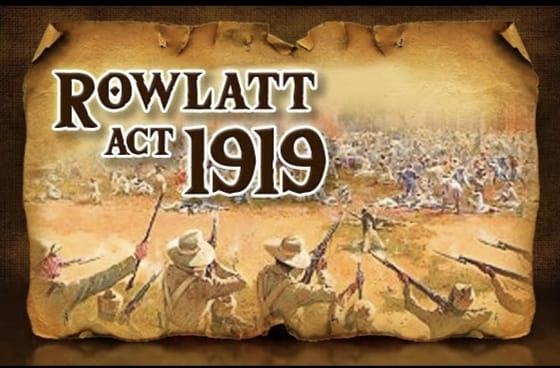
The state of Punjab, and particularly the city of Amritsar, became a hotbed of protest against the Rowlatt Act. The atmosphere was tense, and civil unrest began to spread. On April 10, 1919, two nationalist leaders, Dr. Saifuddin Kitchlew and Dr. Satyapal, were arrested by the British authorities in Amritsar without any formal charges. This further inflamed public anger.
In response, a large crowd gathered in protest outside the Deputy Commissioner’s residence. The British troops fired upon the protesters, killing and injuring several. This incident further escalated tensions. The city of Amritsar was placed under martial law, and General Reginald Edward Harry Dyer was given the responsibility to maintain order.
The Massacre: April 13, 1919
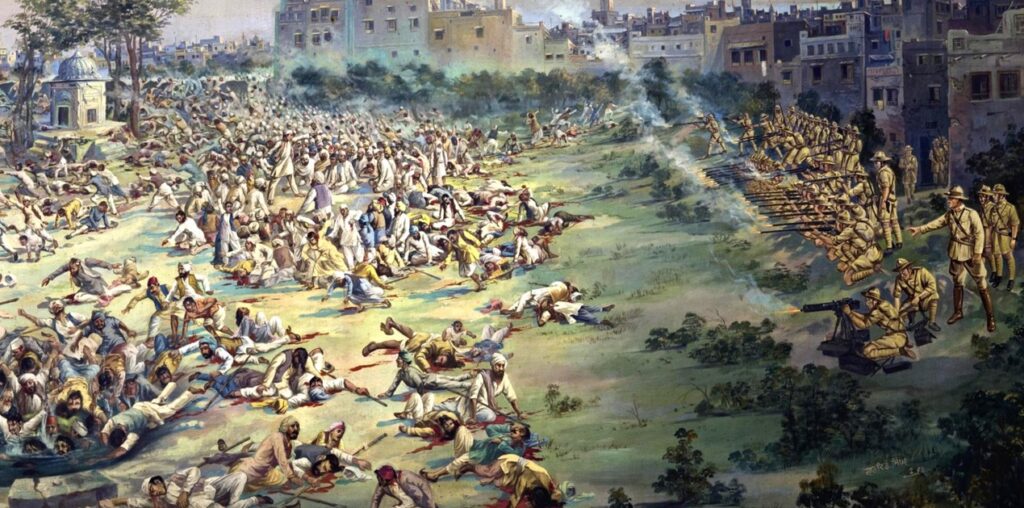
April 13, 1919, was Baisakhi, one of the most important festivals in Punjab. Thousands of people from nearby villages had come to Amritsar to celebrate. Unaware of the restrictions and martial law, a large crowd of men, women, and children gathered at Jallianwala Bagh, a public garden enclosed by walls with only a few narrow exits. The gathering was peaceful and included people protesting against the Rowlatt Act and the arrests of Kitchlew and Satyapal.
General Dyer, having learned about the meeting, marched into the Bagh with 50 soldiers. Without any warning, he ordered them to open fire on the crowd. For about ten minutes, the troops fired 1,650 rounds of ammunition into the unarmed and defenseless crowd. People tried to escape by climbing the walls or jumping into a well inside the garden, but many were crushed, shot, or suffocated in the stampede.
According to official British sources, 379 people were killed and over 1,200 were injured. However, Indian nationalists and other sources estimated the number of dead to be over 1,000. The exact figure may never be known, but what is clear is that this was an act of cold-blooded massacre.
General Dyer’s Justification
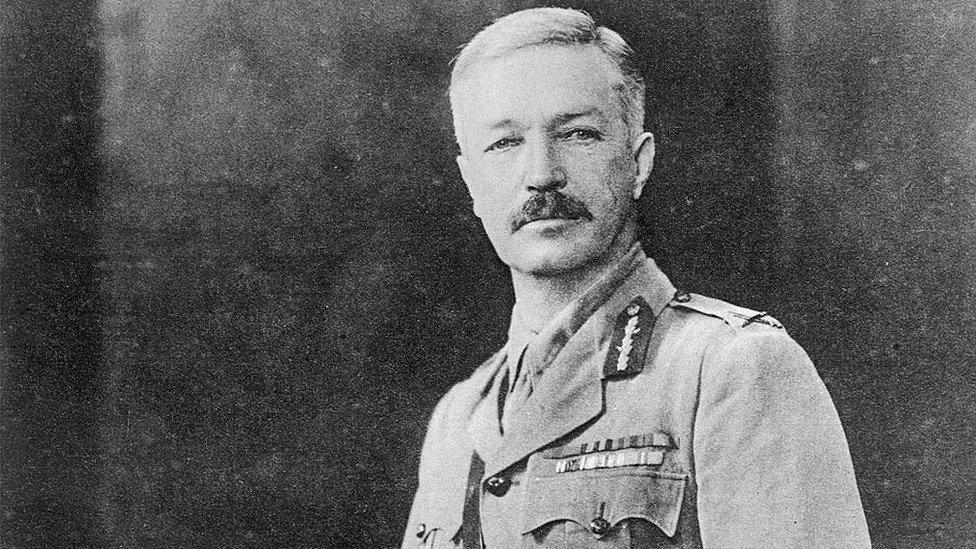
After the massacre, General Dyer showed no remorse. He justified his actions by claiming that he wanted to “produce a moral effect” and teach the Indians a lesson. He believed that he had prevented a rebellion and saved British rule in India.
In his own words:
“I thought I would be doing a jolly lot of good to the people. They had come to mock me, and I was determined to punish them.”
His actions were widely condemned in India and even in Britain. However, while Dyer was forced to retire, he was never punished. In fact, many in Britain hailed him as a hero. A fund was even raised for him, and he received a significant amount of money as a reward.
Reactions in India and Worldwide
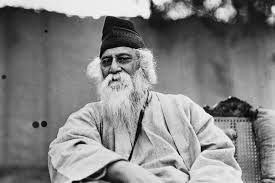
The massacre sent shockwaves across the nation. For many Indians, it was the moment that shattered any remaining illusions about the fairness of British rule. Moderate leaders who had previously supported constitutional methods of reform began to change their views.
Rabindranath Tagore, the Nobel laureate poet, renounced his knighthood in protest. In his letter to the British Viceroy, he wrote:
“The time has come when badges of honour make our shame glaring in their incongruous context of humiliation… I for my part wish to stand, shorn of all special distinctions, by the side of my countrymen.”
Mahatma Gandhi, who had until then believed in cooperation with the British, was deeply disturbed. The massacre convinced him that the British government was not interested in justice or reform. It marked the beginning of Gandhi’s full commitment to non-cooperation and civil disobedience, and he soon launched a nationwide movement against British rule.
Internationally, the massacre drew widespread condemnation. Newspapers and leaders across the world criticized the British government’s actions. The incident tarnished Britain’s reputation and moral standing, particularly when it was clear that the massacre had been carried out without any provocation.
Hunter Commission and Its Flaws
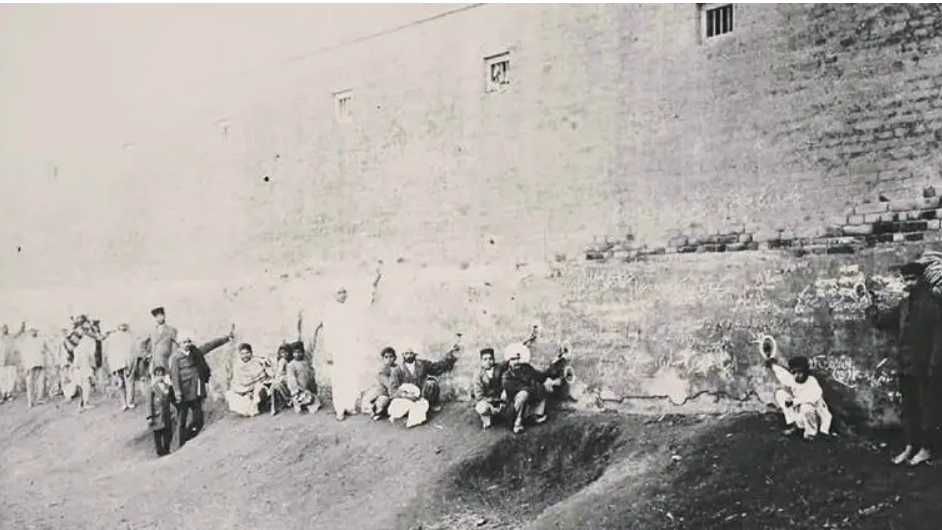
Following the public outrage, the British government appointed the Hunter Commission in October 1919 to investigate the massacre. The commission included both British and Indian members. It held hearings and examined witnesses, including General Dyer himself.
While the commission condemned Dyer’s actions as unjustified, it did not recommend any real punishment. Dyer was simply relieved of duty and allowed to retire with a pension. This leniency further angered Indians, who saw it as a cover-up and a failure of justice.
The Indian National Congress, in contrast, conducted its own independent inquiry and concluded that the massacre was a deliberate and planned act of brutality. The Congress report helped spread awareness about the atrocity and fueled the independence movement.
Legacy of the Jallianwala Bagh Massacre
The Jallianwala Bagh Massacre marked a decisive turning point in India’s struggle for freedom. It:
- Exposed the true face of British imperialism to the common people.
- Radicalized Indian politics, as more people began to support complete independence rather than mere reforms.
- Unified Indians across different regions, religions, and languages in their demand for freedom.
- Boosted the role of Gandhi, who emerged as the unquestioned leader of the national movement.
The site of the massacre, Jallianwala Bagh, has since been preserved as a memorial. A flame-shaped monument was erected in 1961 to honor the victims. The bullet marks on the walls and the well into which people jumped to escape continue to tell the story of that fateful day.
Every year, on April 13, people gather at the site to pay tribute to the martyrs. The Jallianwala Bagh National Memorial serves not only as a reminder of the brutality of colonialism but also as a symbol of resistance, courage, and sacrifice.
Apologies and Controversies
Over the years, there have been calls for an official apology from the British government for the massacre. While some British leaders have expressed regret, a full formal apology has not yet been issued.
In 1997, Queen Elizabeth II visited Jallianwala Bagh and laid a wreath at the memorial. Prince Philip, however, controversially questioned the number of casualties, which caused further outrage.
In 2019, during the 100th anniversary of the massacre, then British Prime Minister Theresa May called it a “shameful scar on British history” but stopped short of offering a formal apology. Many Indians and historians continue to demand that Britain take full responsibility and offer a sincere apology for the atrocity.
Conclusion
The Jallianwala Bagh Massacre was not just a tragic event—it was a symbol of the cruelty of colonial rule and a powerful catalyst for India’s independence movement. The innocent men, women, and children who lost their lives on that fateful day did not die in vain. Their sacrifice ignited a fire that ultimately led to the end of British rule in India.
As we remember the martyrs of Jallianwala Bagh, we must also remember the values they stood for: freedom, justice, and dignity. Their legacy lives on in the hearts of millions of Indians and in the story of a nation that rose from the ashes of oppression to claim its rightful place in the world.

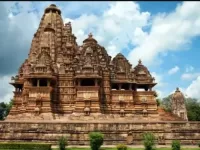

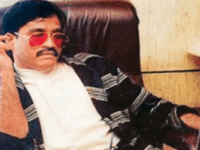

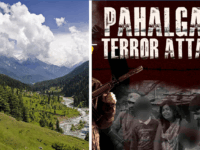
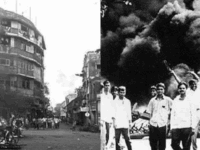
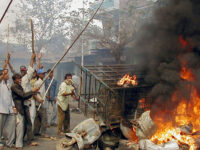


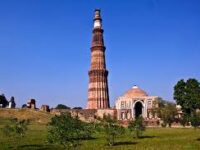
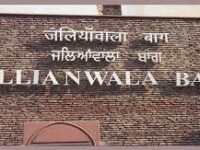

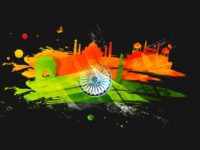

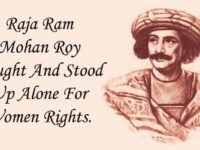


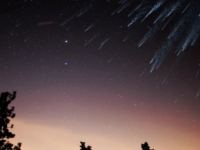


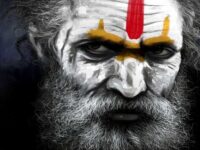

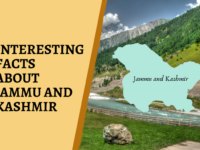
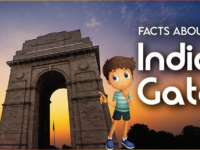

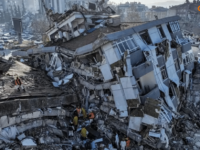

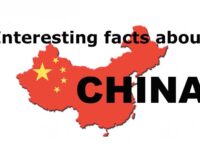
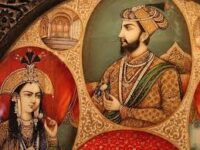



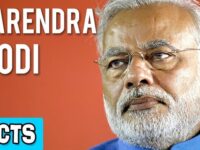





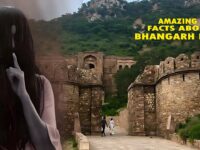
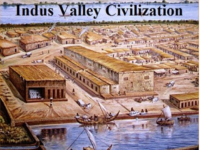











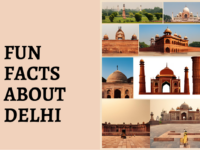


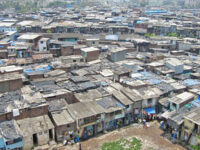
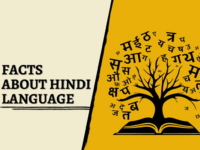
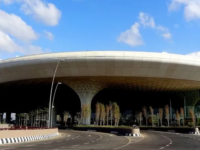



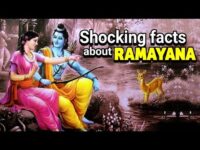



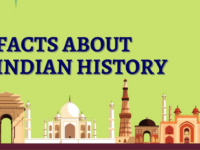

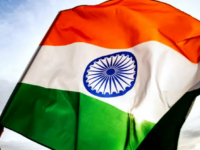


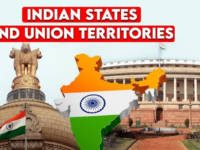


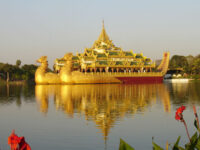

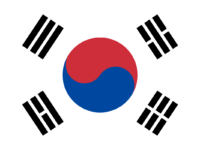

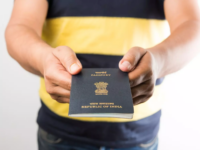
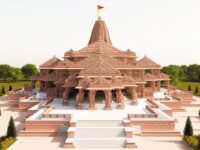






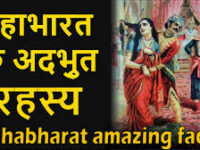
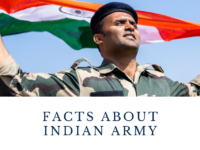
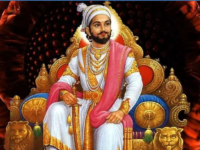











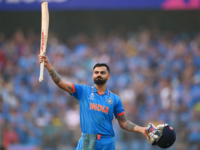


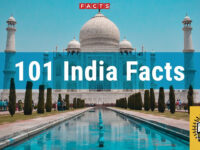
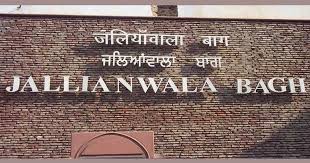
0 Comments